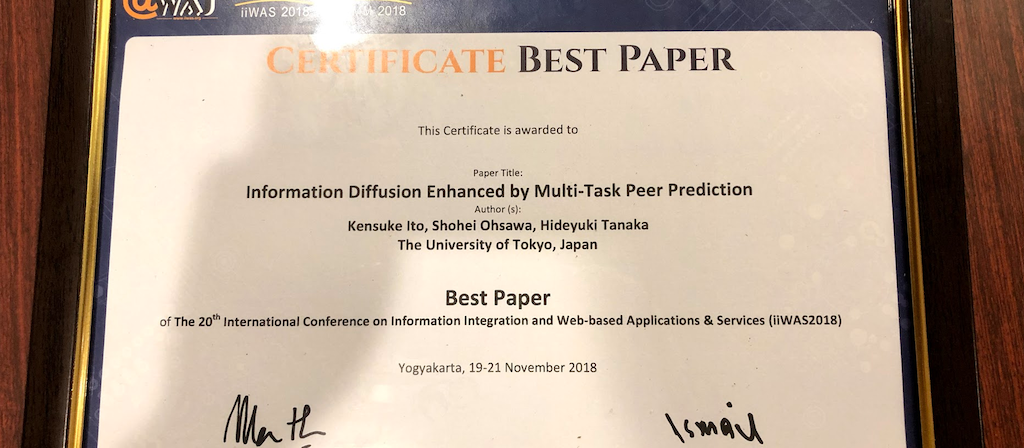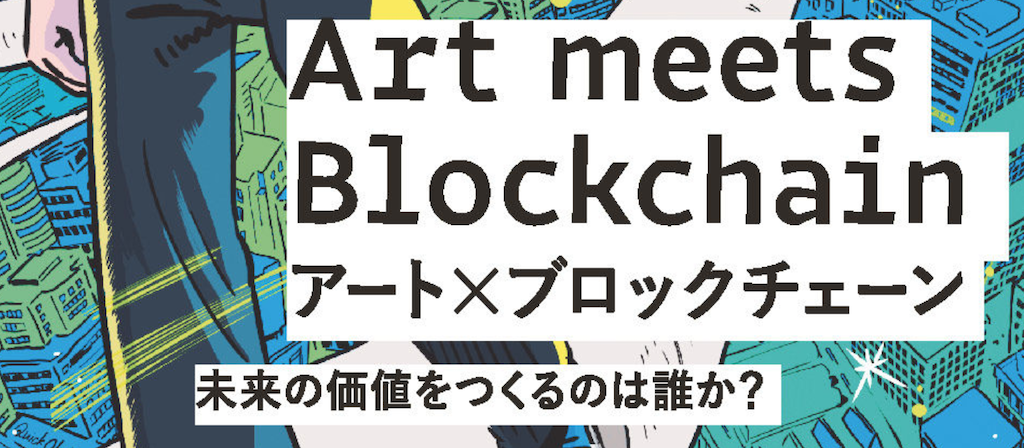- 3種類以上の財を扱えるから便利
- 各財の差別化度合いを調整出来るから便利
- 投入量と集計量が同じになるから便利
「アート思考」は歪んで伝わっているのではないか?
- アート思考の定義について原著を確認してみた
- 原著はアートの効能について特に言及していない
- 新たな美の普及へのコミットが真のアート思考だろう
Ito and Tanaka (2019) “Token-Curated Registry with Citation Graph”
Abstract: In this study, we aim to incorporate the expertise of anonymous curators into a token-curated registry (TCR), a decentralized recommender system for collecting a list of high-quality content. This registry is important, because previous studies on TCRs have not specifically focused on technical content, such as academic papers and patents, whose effective curation requires expertise in relevant fields. To measure expertise, curation in our model focuses on both the content and its citation relationships, for which curator assignment uses the Personalized PageRank (PPR) algorithm while reward computation uses a multi-task peer-prediction mechanism. Our proposed CitedTCR bridges the literature on network-based and token-based recommender systems and contributes to the autonomous development of an evolving citation graph for high-quality content. Moreover, we experimentally confirm the incentive for registration and curation in CitedTCR using the simplification of a one-to-one correspondence between users and content (nodes).
民間部門との相互作用無き芸術祭は無意味である
- 現代美術は自分の仕事を美術史に刻むゲームである
- 美術史は民間部門と公共部門の相互作用を経て合意形成される
- ゆえに民間部門との相互作用無き芸術祭は無意味である
Ito and O’Dair (2019) “A Critical Examination of the Application of Blockchain Technology to Intellectual Property Management”
Abstract: This chapter critically investigates the application of blockchain technology for intellectual property management. To date, there have been relatively few critical discussions of the feasibility of utilising blockchain technology for this purpose, although much has been written, in media and industry sources, about the potential. Our aim, by contrast, is to examine possible limitations—and, subsequently, to suggest tentative solutions to the limitations we identify. Specifically, this chapter aims to examine the use of blockchain technology for intellectual property management from two perspectives: operation and implementation. We conclude that, while commentators often focus on technical characteristics of blockchain technology itself, it is the incentive design—which was fundamental to the original Bitcoin proposal—that is also critical to truly decentralised, and disintermediated, intellectual property management.
国際カンファレンスiiWAS2018にてBest Paper Awardを受賞しました
- 最近の論文がWeb工学の分野でBest Paper Awardを受賞した。
- 選択アルゴリズム+ピア予測法 の新たなメカニズムを提案した。
- 今後はこの研究をブロックチェーン周りの議論と接続させたい。
Continue reading “国際カンファレンスiiWAS2018にてBest Paper Awardを受賞しました”
Ito et al. (2018) “Information Diffusion Enhanced by Multi-Task Peer Prediction”
Abstract: Our study aims to strengthen truthfulness of the two-path mechanism: an information diffusion algorithm to find an influential node in non-cooperative directed acrylic graphs (DAGs). This subject is important because the two-path mechanism ensures only weak truthfulness (i.e., nodes are indifferent between reporting true or false out-edges), which restricts node selection accuracy. To enhance the mechanism, we employed an additional reward layer based on a multi-task peer prediction, where an informative equilibrium provides strictly higher rewards than any other equilibrium in virtually all cases (strong truthfulness). Rewards, which are derived from a comparison of each report, encourage a node to report true out-edges without affecting its own probability of being selected by the original two-path mechanism. We have also experimentally confirmed that our proposed strongly truthful two-path mechanism can sufficiently elicit true out-edges from each node.
【Best Paper Award】at the 20th International Conference on Information Integration and Web-based Applications & Services (iiWAS2018), November 19th to 21st, 2018, Yogyakarta: Grand Mercure Yogyakarta Adisucipto, pp.96-104.
美術手帖12月号に論考が掲載されました
- 「P2Pネットワーク上に文脈を形成するプロトコルは設計可能か?」
- 大学院の外で初めて自分の研究内容について具体的に触れた。
- 文章の構成や内容は意識的に美術批評的にならないよう心がけた。




